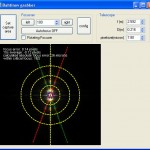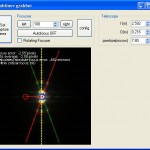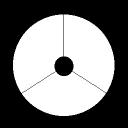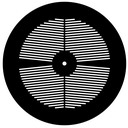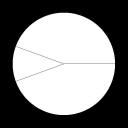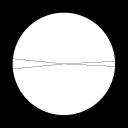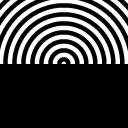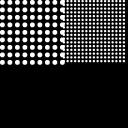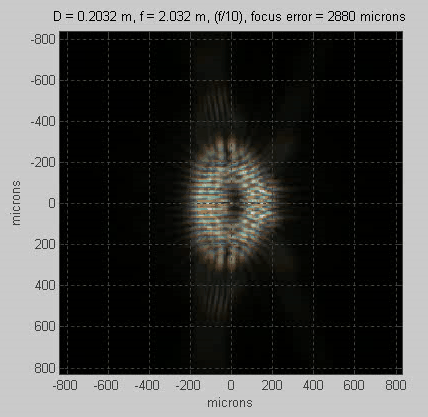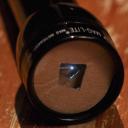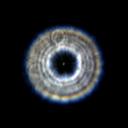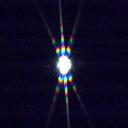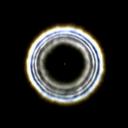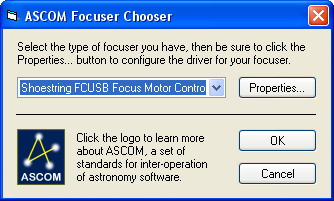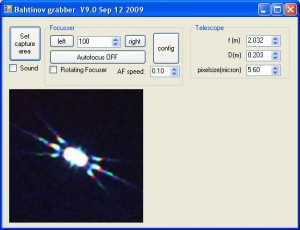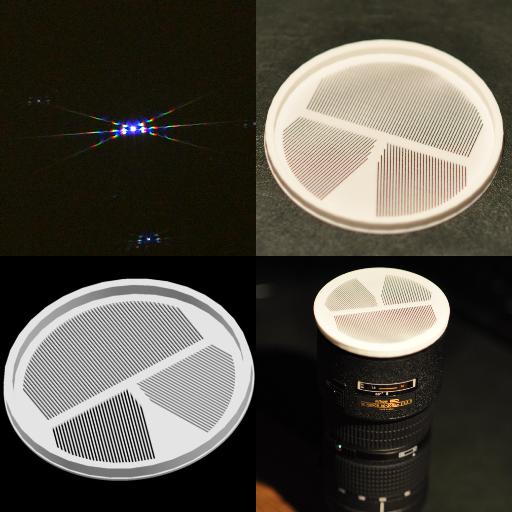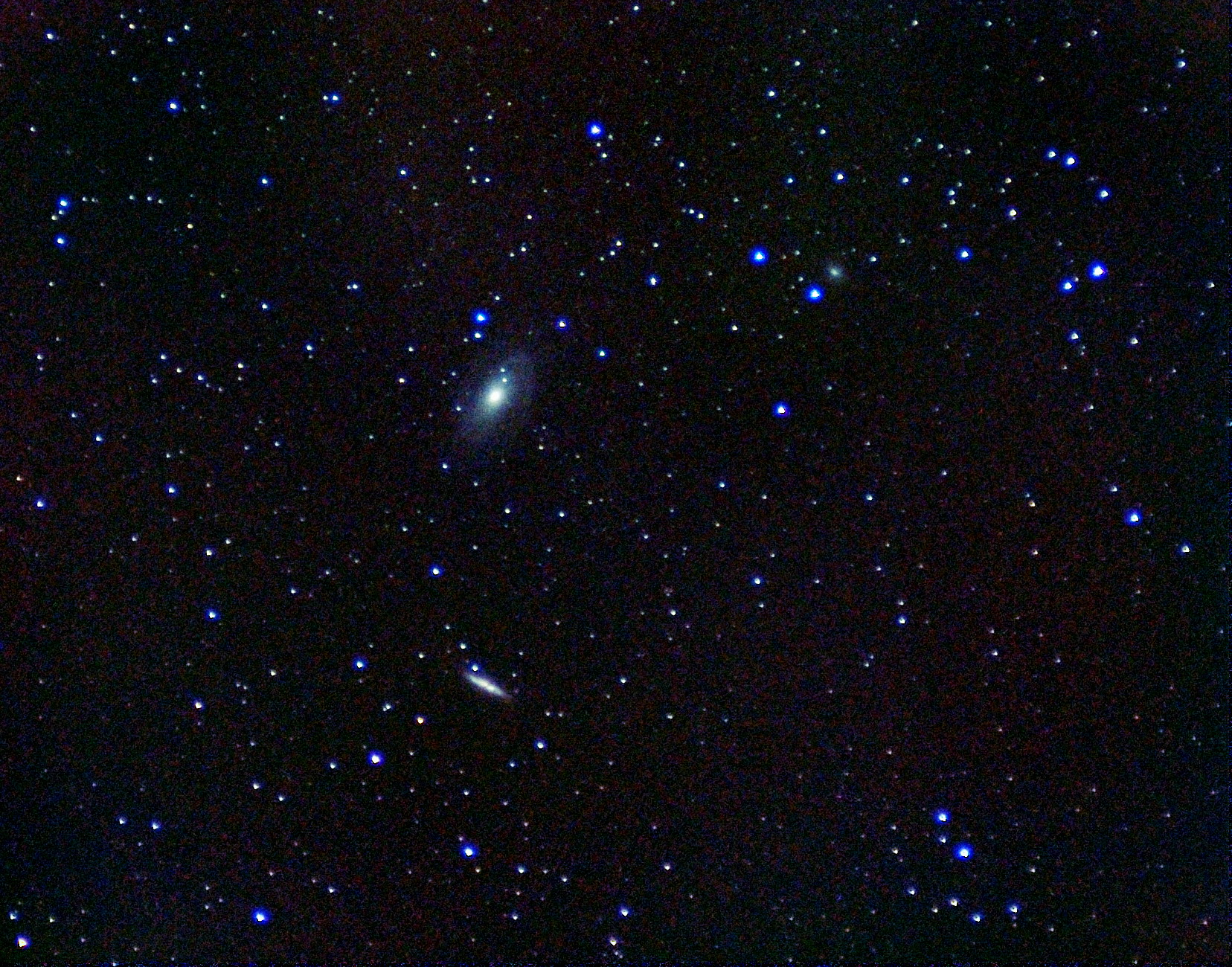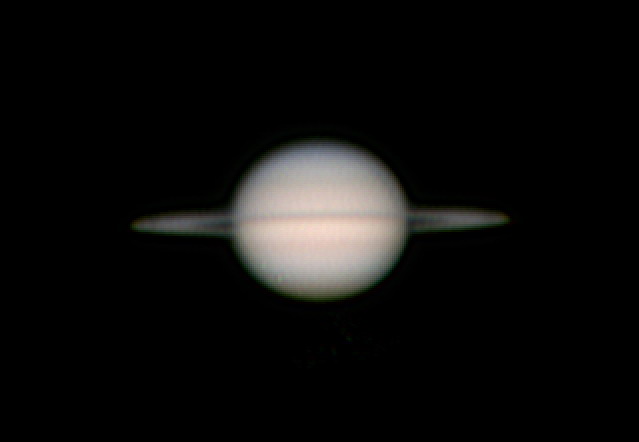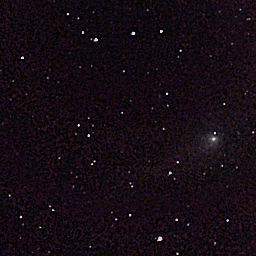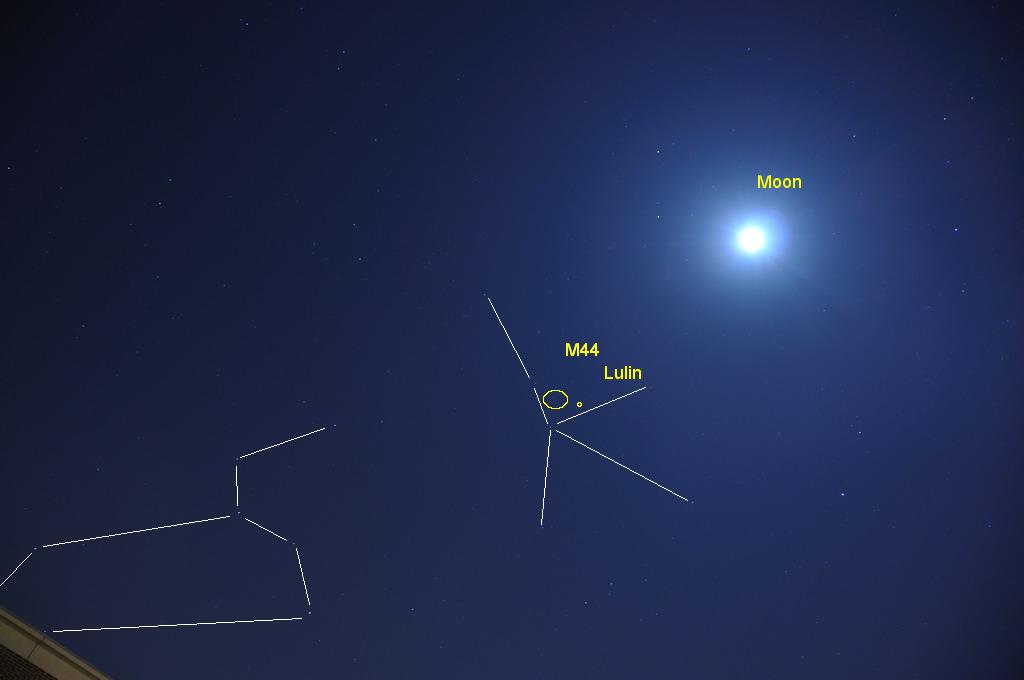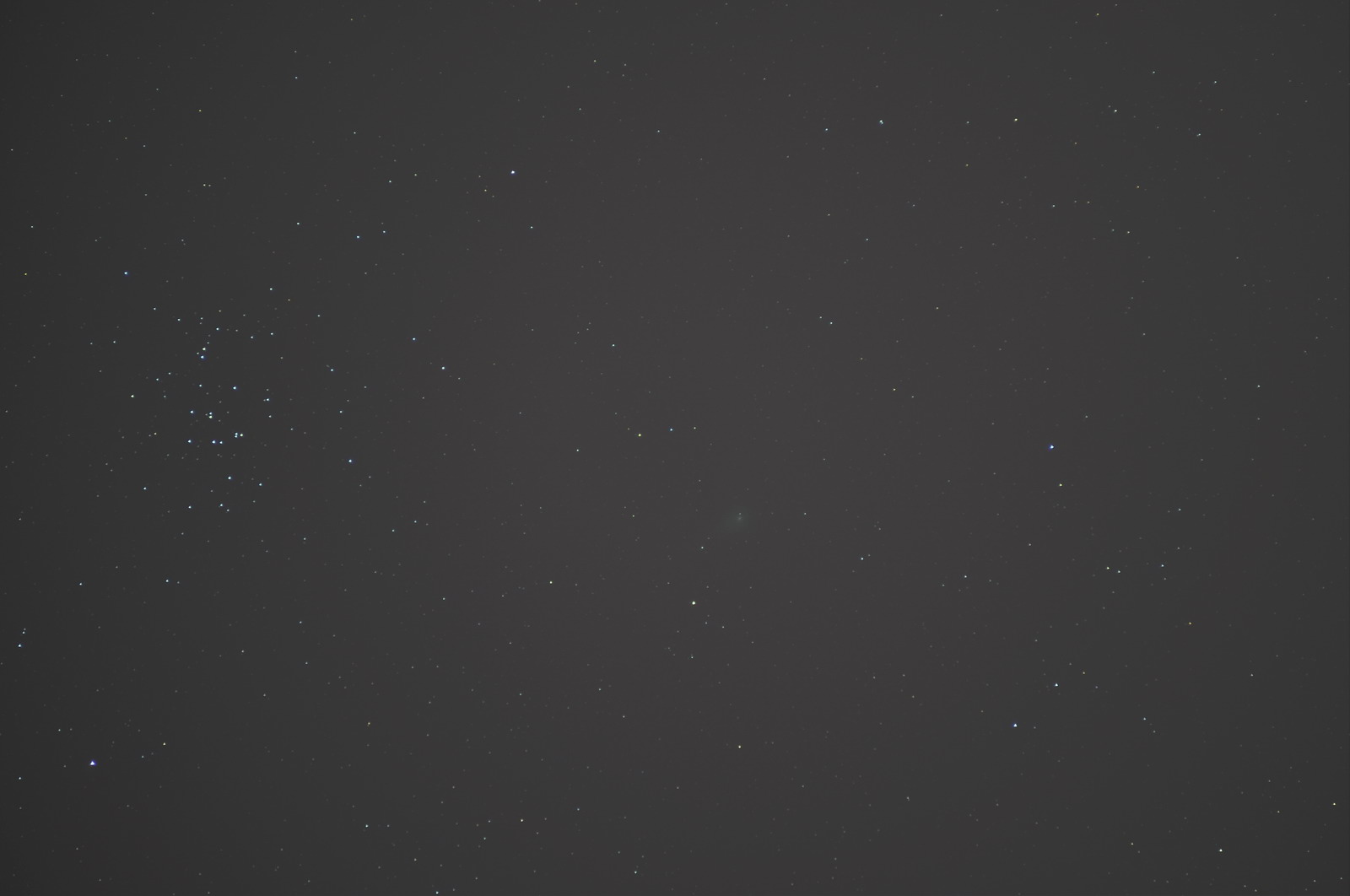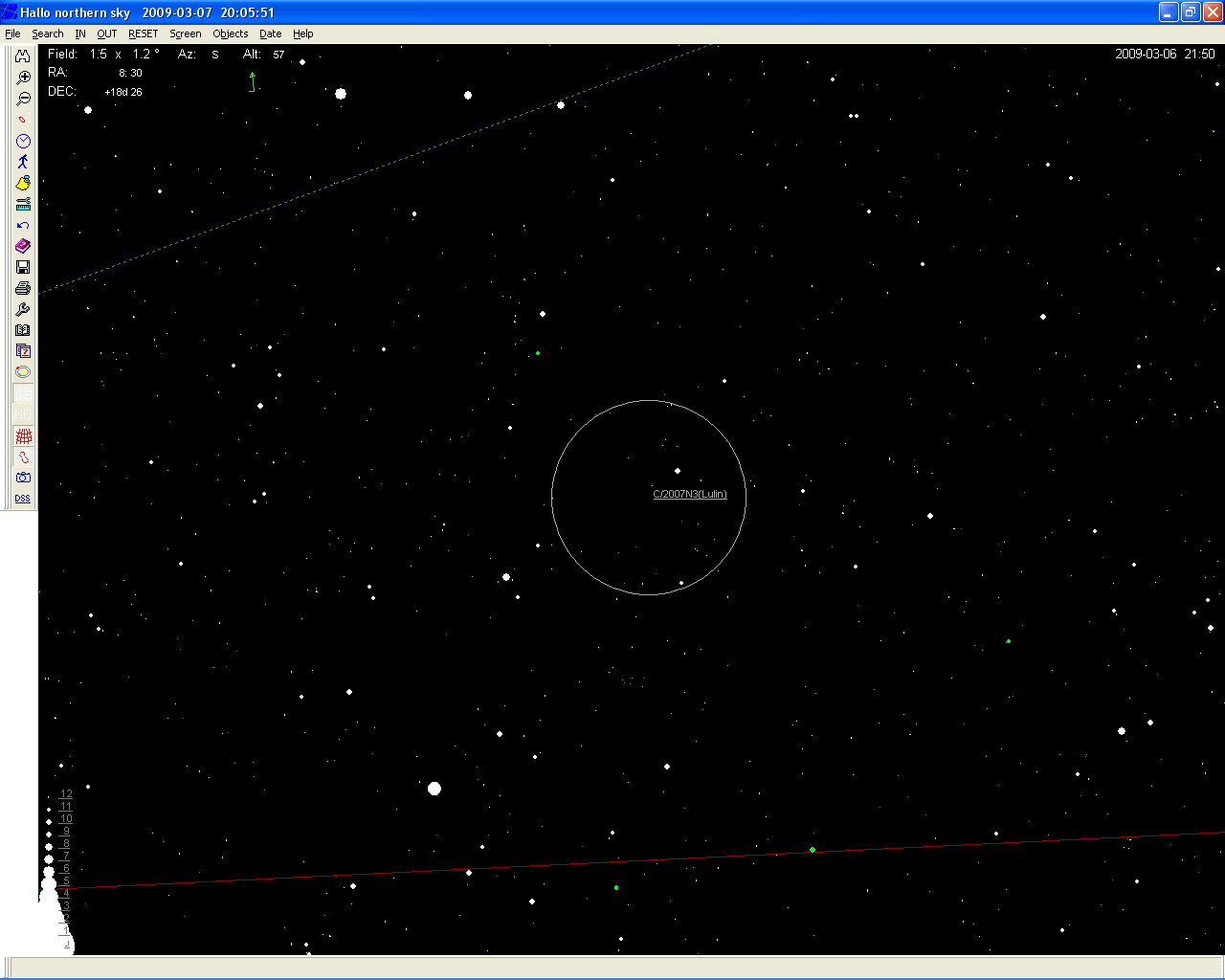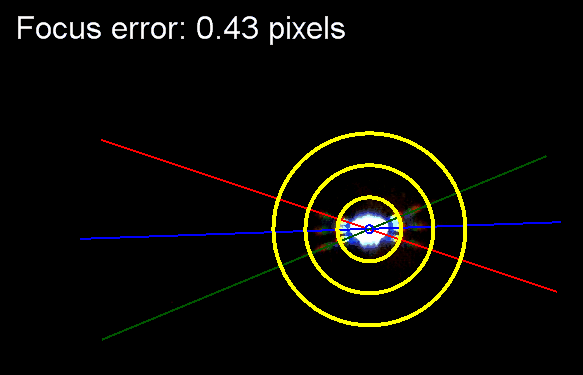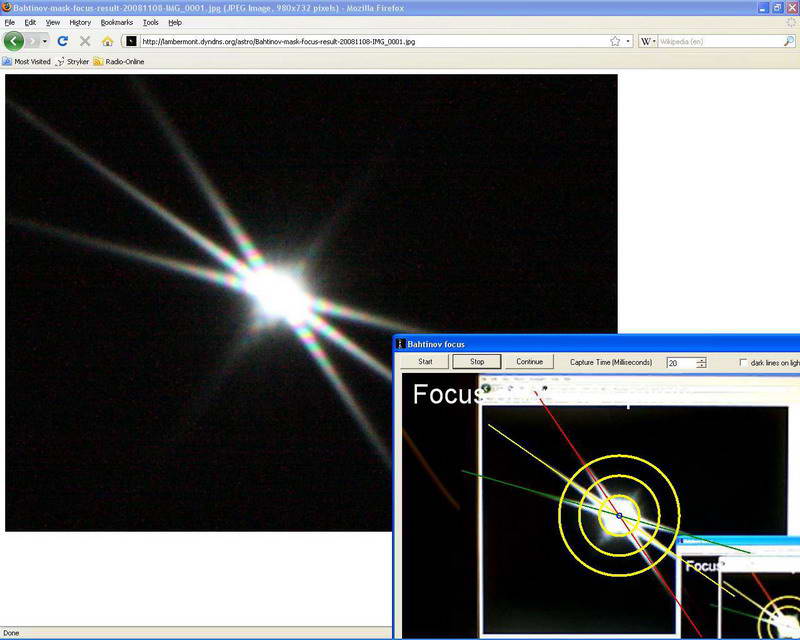An ideal telescope is said to be within the “Critical Focus Zone”, when the imager plane is within a certain range of the true focal plane. The CFZ size depends on the wavelength of the light and the diameter and focal length of the telescope, according to:
CFZ = 4 x lambda x ( f / D )^2.
Typical amateur (higher end) telescope values for planetary imaging are:
lambda = 450 e-9 m (roughly shortest wavelength of visible light, blue, worst case, red = about 650 nm, so focussing red light is less critical)
D = 11 inch = 0.2794 m
f = 5.588 m (assuming a C11 f/10 with 2x Barlow lense, resulting in f/20).
This gives CFZ = 4 x lambda x ( f / D )^2 = 4 x 450e-9 x (20*20) = 720e-6 = 720 microns.
This means that the focuser has to be within +/- 720/2 =360 microns to produce sharp images.
The “faster” a telescope is (larger D/f), the more accurate the focus has to be. An f/3.3 system has to focused (20/3.3)^2 = 37x more accurate than an f/20 system, so within 20 microns instead of 720 microns.
As a reference: a human hair is about 60 microns in diameter.
The Bahtinov grabber has now been expanded with:
- calculation of the CFZ, when you enter your scopes f and D
- calculation of the absolute focus error from the Bahtinov pattern, pixelsize and f/D.
This way the Bahtinov grabber (14022) can tell you whether your system is within critical focus or not:
